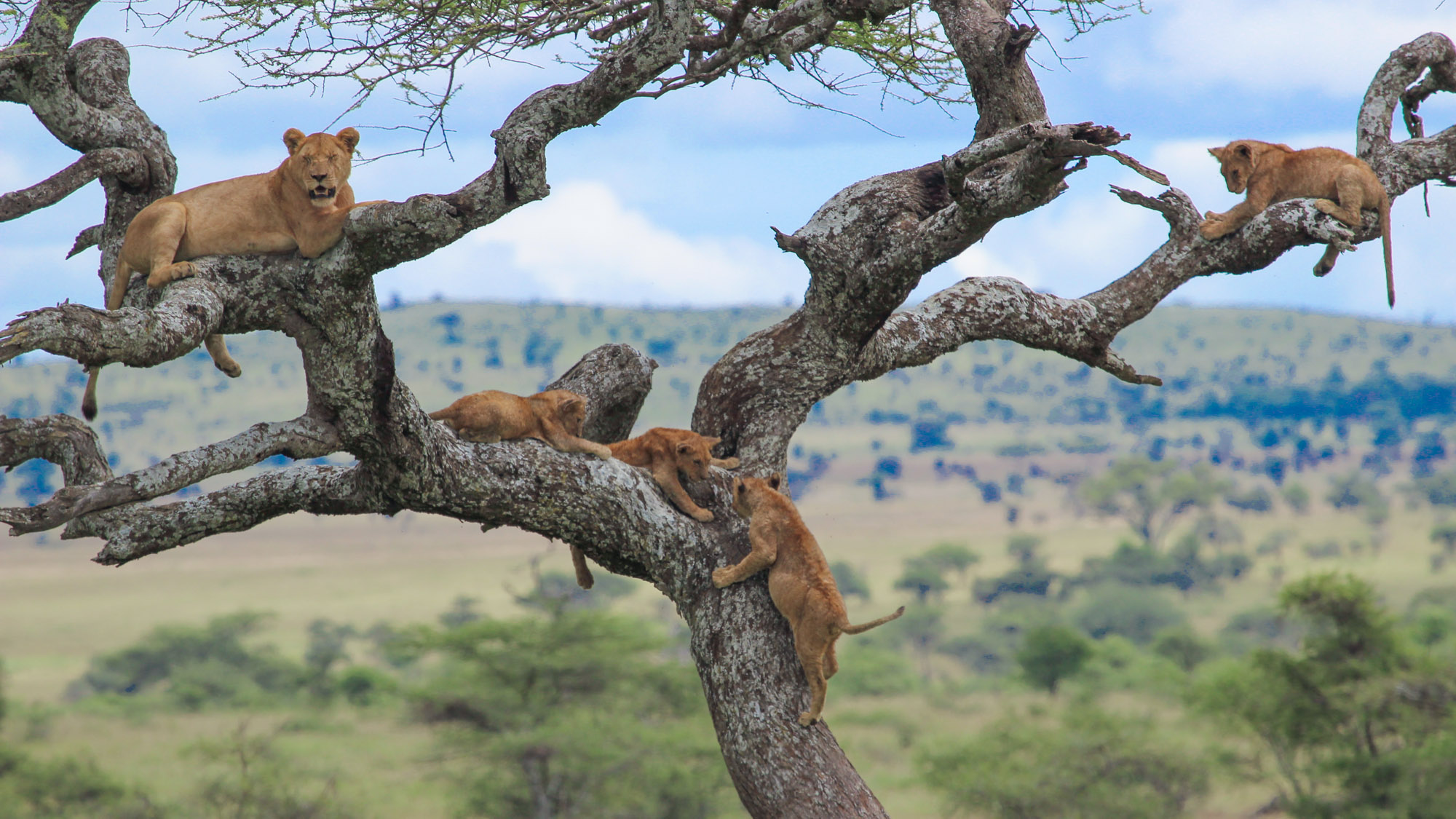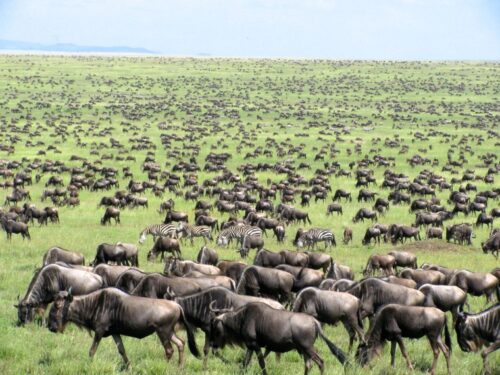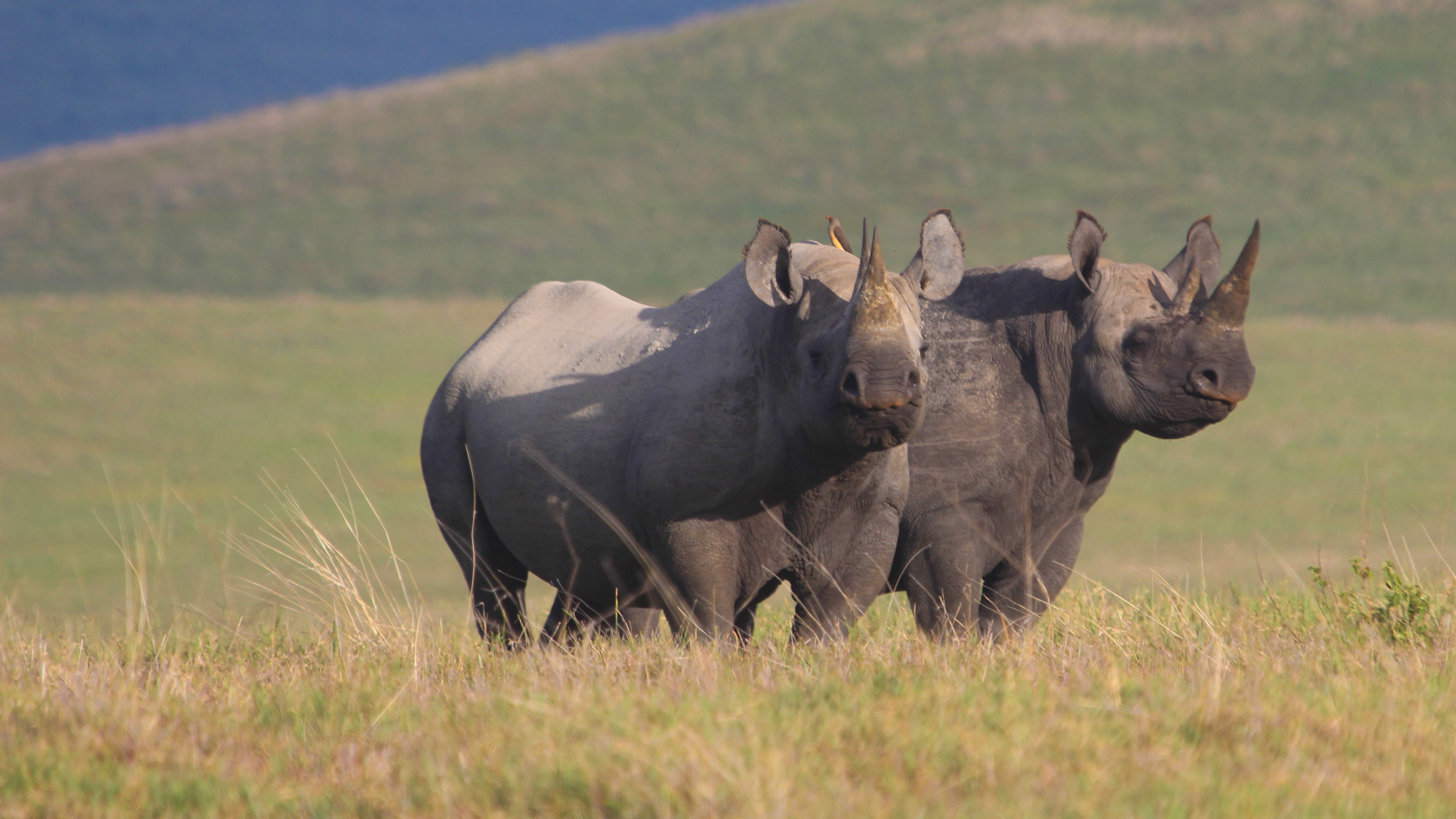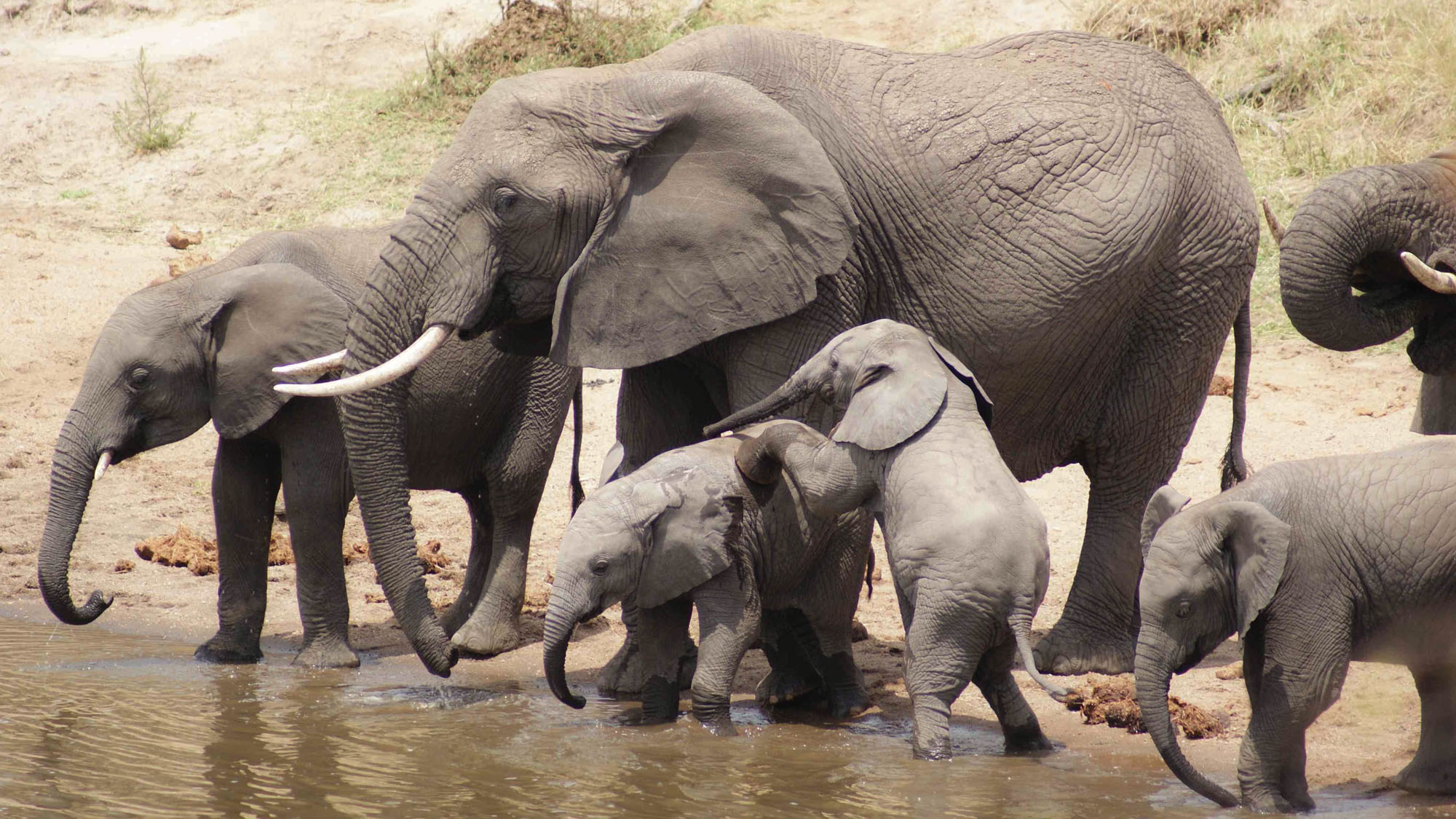Description
Lake Manyara National Park northern Tanzania,when to visit, getting to Manyara Park, attractions, hotels, recommended safaris and advice worth a stop in its own right. The park is well known for the tree climbing lions, the soda ash lake and its flamingos, we are talking about breathtaking scenery! This travel page offers you the most updated information about the attractions, lodges, getting there and so much more. Enjoy your safari in Tanzania!
Lake Manyara has a big number of elephants, so many giraffes; zebras, wildebeest, impala, waterbuck, and warthog, small known shy dik dik as well as Klipspringer along the ramps of the escarpment. Leopards are hosted within the broken forests and escarpment, healthy lions that are widely known for their tree climbing pranks. This used to be a special character of the park which is not the case today. Regarded as Africa’s largest, huge herds of baboons are expected by most of the travelers.
Entrances to the National Park
There are two main entrances to Lake Manyara National Park, a gate in the north and in the south. Almost everybody uses the northern gate, since the majority of accommodation options are situated here and as a result the northern part of the park is by far the busier one. The gate in the far south is not commonly used and also has restricted access. Only few camps and lodges can use this entrance. Please contact us for more information on camps that can enter via this quiet gate.
Flora & Fauna of Lake Manyara
Covering about 330km², of which typically two-thirds is underwater, Lake Manyara National Park is a small park by African standards. However, it’s also very beautiful and contains tremendous diversity of habitats, animals and especially birds.
Animals
Lake Manyara’s game includes good numbers of elephant, buffalo and wildebeest along with plenty of giraffe. Also prolific in number are zebra, waterbuck, warthog and impala. You may need to search a little harder for the small and relatively shy Kirk’s dik-dik, and klipspringer on the slopes of the escarpment. The broken forests and escarpment make it good country for leopard, whilst Manyara’s healthy lion population are famous for their tree-climbing antics. (Whilst unusual, this isn’t as unique to the park as is often claimed.) Immediately obvious to most visitors are the huge troops of baboons – which often number several hundred and are widely regarded as Africa’s largest.
Birds
As with the habitats, the birdlife here is exceptionally varied. In the middle of the lake you’ll often see flocks of pelicans and the pink-shading of distant flamingos, whilst the margins and floodplains feed innumerable herons, egrets, stilts, stalks, spoonbills and other waders. With so much water around, the woodlands are equally productive, but it’s the evergreen forests where you’ll spot some more entertaining species such as the noisy silvery-cheeked hornbills, crowned eagles and crested guinea fowl.
Vegetation
Set beneath the spectacular backdrop of the Great Rift Valley’s steep western escarpment, this long, narrow park protects an area between the escarpment and Lake Manyara. The parks namesake is a shallow, alkaline lake which expands and contracts with the seasons within a long, silvery bowl of salt deposits. Adjacent to it are wide, grassy floodplains and, further away, bands of mixed acacia woodlands. Further still, next to the escarpment, are patches of enchanting evergreen forests, which are sustained by perennial groundwater springs issuing from the base of the escarpment.




